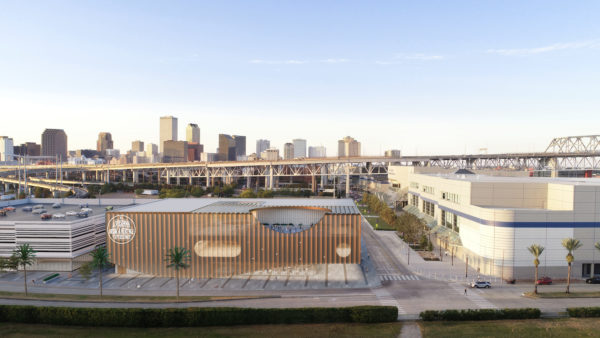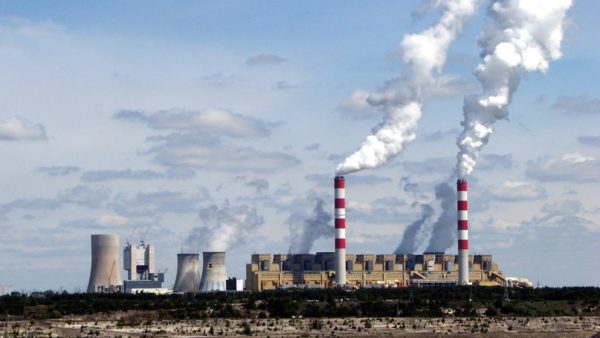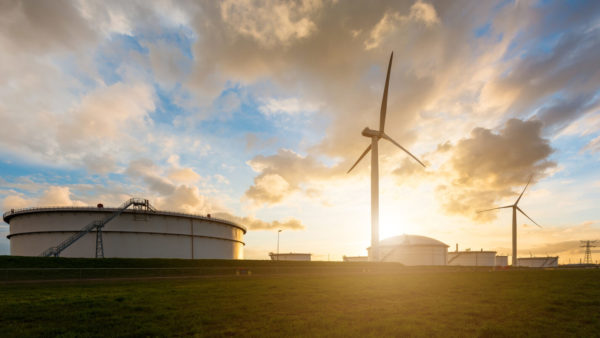A high-ranking Chinese rail official has proposed a "Silk Road high-speed railway" to provide a single line connecting the Chinese network, central Asia and Iran.
The move would overcome the incompatibility between the standard gauge networks of China and Iran, and central Asia’s system, which uses Russia’s broad-gauge lines.
China now has breaks-of-gauge at its borders with Mongolia, Russia and Kazakhstan, while Iran has breaks at its borders with Azerbaijan, Turkmenistan and Pakistan.
The proposal was put forward by He Huawu, the chief engineer of national rail operator China Railway, during a forum last week on China’s "One Belt, One Road" plan to develop a strategic transport corridors to the west.
His proposed route runs from Urumqi in the western Chinese Xinjiang region to Almaty, the commercial capital of Kazakhstan, then to Tashkent and Samarkand in Uzbekistan, Ashgabat in Turkmenistan before reaching Iran’s relatively well developed network at Mashhad and Tehran, before continuing to Turkey and Bulgaria.
(It could) spell the collapse of US economic dominance through the dollar and lead to the prevalence of trade in local currencies. It could also put an end to European monopoly on international shipping– Iranian authorities
The proposal is an acknowledgement that central Asian countries are unlikely to replace their existing rail systems with standard gauge lines.
Kazakhstan was to have built a 270km line to connect the Chinese city of Kashgar to Andijan in Uzbekistan, a scheme that was abandoned after political and social unrest in Uzbekistan in 2005 and Kyrgyzstan in 2010. Â
Huawu said the break-of-gauge station of Khorgos on the Kazakhstan-China border last year handled less than 17 million tonnes of cargo running at full capacity, but beyond the station, the annual transportation capacity of the line was 100 million tonnes.
He said: "Increased container traffic and sea container traffic moved by land instead could justify the cost of building the line."
He added that container trains and passenger trains could run on the same route. The only difference would be speed. A passenger train would run at 250-300 km/h, whereas a container train would run at 120 km/h.
However, experts warned newspaper China Daily that an Asian railway link had been under discussion for a long time and had not materialised because of geopolitical concerns in the countries along the route.
A report this year by political consultancy the Jamestown Foundation noted disquiet in Bishtek in Kyrgyzstan over the possibility that a rail link could deepen conflict between the Uzbek-dominated south and the rest of the country.
The government is worried that the railroad would disproportionately increase economic benefits to these southern provinces and give impetus to their secessionist tendencies.
China’s back door
The plan to create a modern version of the ancient Silk Road between China and Europe also involves networks of roads, ports and airports, and a northern rail corridor to Moscow.
It would create a "back door" for China’s trade and reduce its dependence on control of the western Pacific for access to strategic goods such as oil.
It would also let Chinese manufactured goods reach European markets in three weeks as opposed to six weeks by sea.
Beijing hopes that by 2025 there will be more than $2.5 trillion of trade a year travelling overland between China and Europe. Â
Iran is currently linked to Central Asia through a rail corridor that connects it to Kazakhstan and Russia through Turkmenistan, and another to Europe via Turkey.
The Iranian authorities have been enthusiastic supporters of China’s Silk Road strategy, with the official Press TV agency noting on Saturday that it could "spell the collapse of US economic dominance through the dollar and lead to the prevalence of trade in local currencies. It could also put an end to European monopoly on international shipping".
Map: The proposed route of the silk road railway (GCR)










